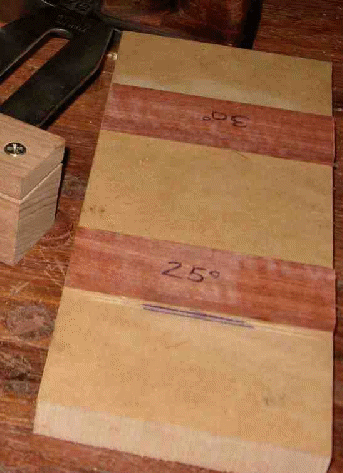I am by no means an expert on sharpening. I'm not. But I can sharpen well enough that I can get done what I need to do. What I am about to say is my opinion, so please take it for what it's worth.
A friend stopped by my shop the other day and was really interested in my hand tools. He said he was thinking about getting into it but was intimidated by sharpening and the investment of sharpening supplies. This made me think.
When I was learning how to sharpen I watched tons of videos on the internet and read articles with people who have diamond stones and other fancy equipment. Rob Cosman, Paul sellers, the third coast Craftsman all used diamond stones.I looked at the price of this stuff and honestly was afraid to get started because of the investment. I was afraid if I didn't buy the best of the best I wouldn't get results.
When I eventually did buy my stuff, against all the wisdom on the internet and YouTube, I bought a cheap Norton double sided oil stone and really cheap strop that came with some compound. All in all I think I spent $32. I added some mineral oil for lubricant and a cheap set of Irwin chisels and I was off to the races. I bought what I could afford.
What I learned with my cheap stone and chisels is that after my first sharpening I made the chisel sharper. I followed the tips and tricks I learned online and improved my tool. And the more I sharpened the sharper my tool got. I was learning and building confidence.
I don't know how many videos I watched or articles I read that say start with diamond stones so you don't have to upgrade in the future. While this is a valid point, I don't believe it's the most practical. Was your first car a Ferrari?
Eliminate the stress of how much money you spent while you learn.
If you are wanting to learn how to sharpen, buy a cheap oil stone, a cheap strop, and a cheap chisel. Focus on technique and form. Learn how to move and hold the blade properly. If you make a mistake, so what? You're not out a ton of money. Learn by doing! Build your confidence.
The point I am trying to make is don't feel like you need to buy hundreds of dollars of sharpening equipment to get started. Don't stress about making mistakes and focus on learning. I am telling you making a mistake on a $7 chisel is much less painful than a mistake on a $100 chisel.
I know this may be common sense, but if it helps give someone confidence to buy cheaper equipment and get their feet wet, I feel it's worth it.
Don't be afraid to start with cheap equipment. The experience you will gain is priceless, and when you do upgrade, you will have the confidence to do the job right.





 Reply With Quote
Reply With Quote











